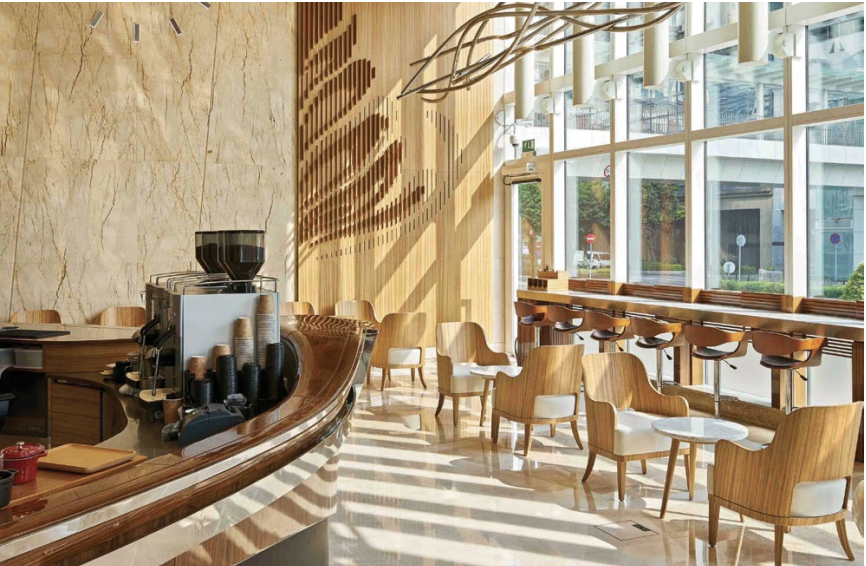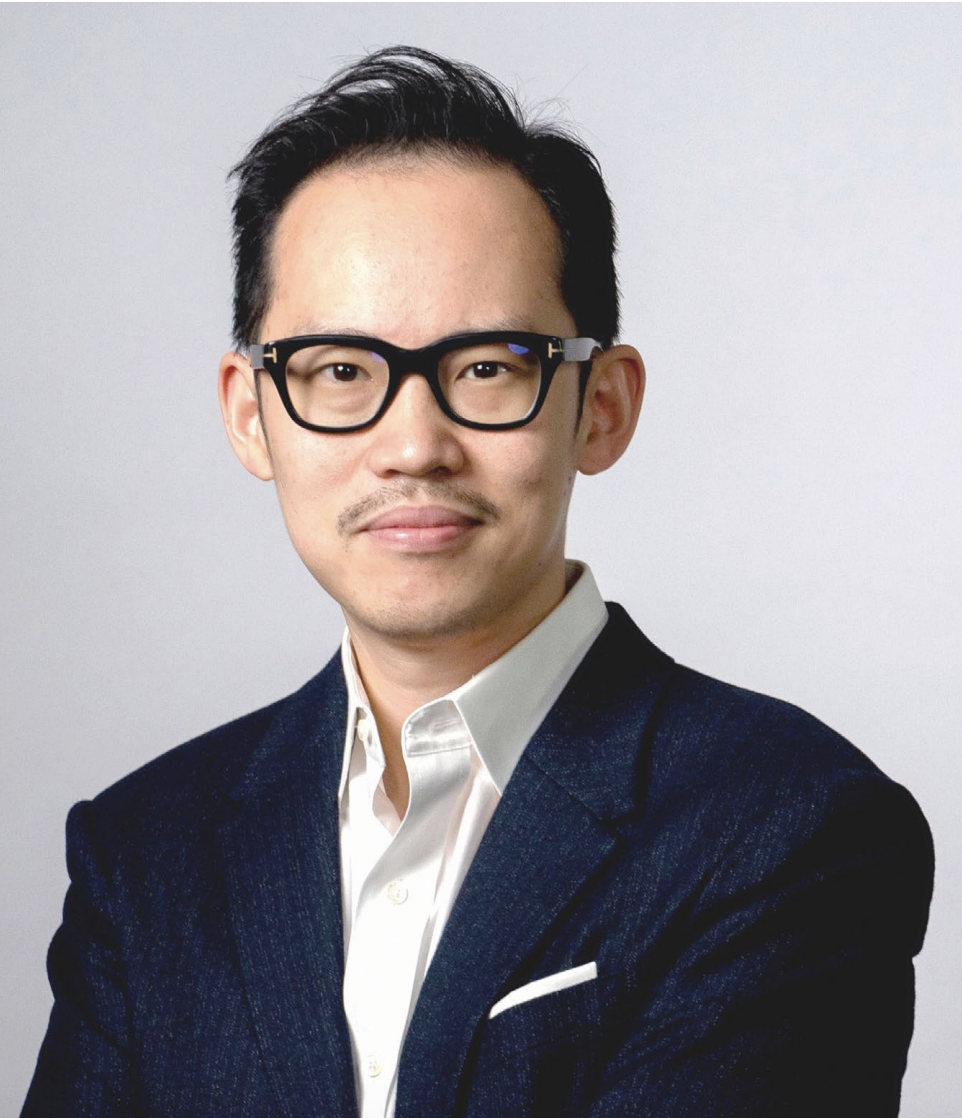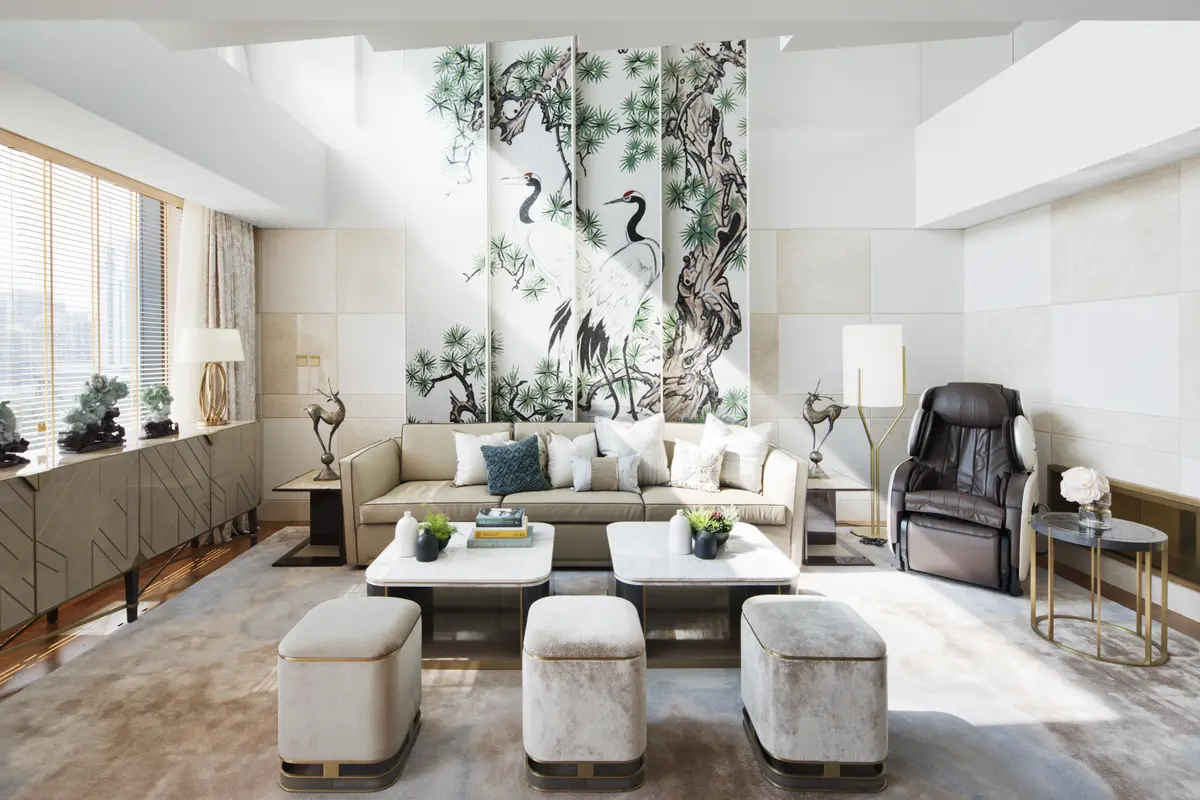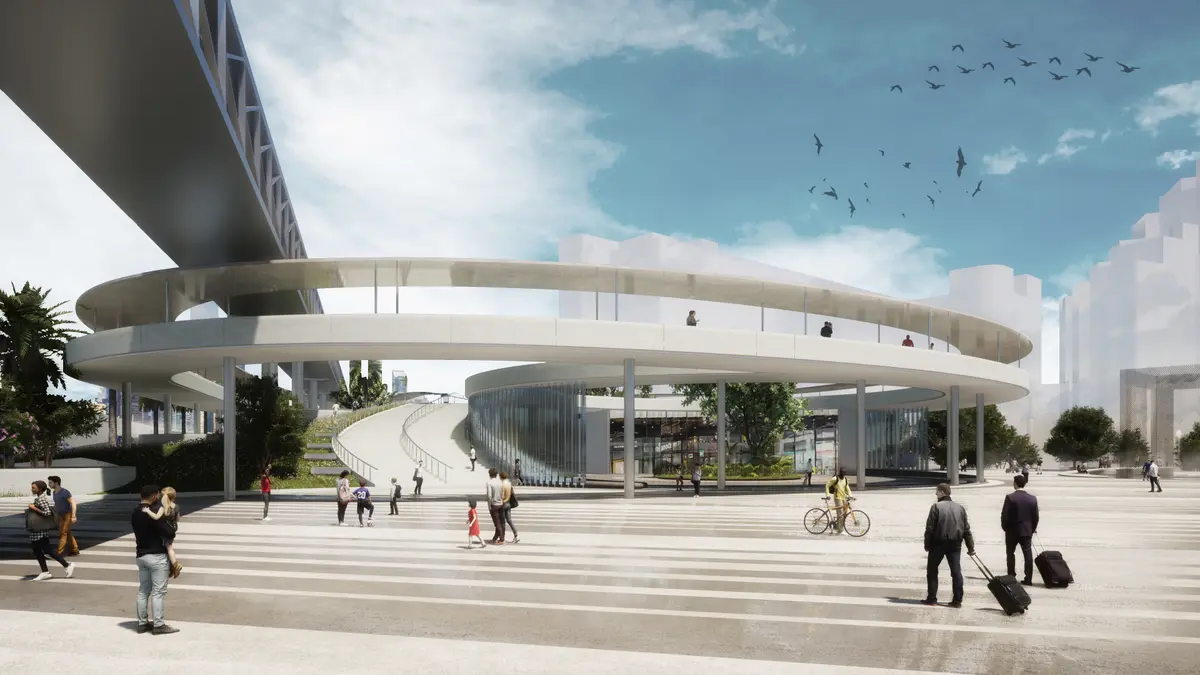How a Hong Kong hotel sparked this architect’s award-winning career in the Greater Bay Area
Inspired to design by one of Hong Kong’s most prestigious hotels, Jimmy Wardhana of JWCC Architecture has earned huge acclaim for his work in the Greater Bay Area

Heritage hotels have a knack for sparking inspiration. As an impoverished child, Federico Fellini first glimpsed la dolce vita through the iron gates of the Grand Hotel Rimini, the wellspring for many of his films.
In 1940, Glenn Miller composed the jazz standard “Pennsylvania 6-5000,” a nod to New York’s Hotel Pennsylvania, where his orchestra played the Café Rouge. And Stephen King dreamt up one of horror’s most iconic settings, The Overlook, after an eerie stay at Stanley Hotel in Colorado.
For architect Jimmy Wardhana, it was the grande dame of Hong Kong’s hotels that ignited his passion. “My fascination with design was triggered by observing the space within The Peninsula Hotel,” he explains. “I remember thinking how remarkable it is that architecture and interior design have the power to touch our hearts and convey a story.”
Born in Indonesia of Chinese descent, Wardhana grew up in the rapidly developing, high-octane Hong Kong of the 1990s. These contrasting worlds, both contextually and culturally, kindled a fascination with the built environment.
But it was ultimately a high school project that encouraged Wardhana to turn passion into a profession. In a paper focused on the city’s subway network, he identified and proposed essential security measures, including the implementation of platform screen doors (PSDs). Later, as the government upgraded many stations with PSDs, the student’s ambitions were vindicated.
“It was the realisation that others shared my idea,” he reflects. “That’s when I understood that contributing to the positive development of a city was my calling.”
Answering the call, Wardhana relocated to Sydney, where he studied at the University of New South Wales. Soon after earning a Master of Architecture degree, he joined the award-winning practice BVN Architecture, and worked on prestigious projects such as Kinghorn Cancer Centre and Ravenswood School.

While Sydney provided a nurturing environment during those formative years, the bright lights of one of the world’s other great harbour cities still beckoned the budding architect.
“I always wanted to return to Hong Kong, drawn by the dynamism of the city’s development,” Wardhana says. “I was eager to explore different opportunities, and I knew that one day I would like to start my own practice after gaining enough experience.”
Opportunity soon knocked, albeit 40 miles across the Pearl River estuary in Macau, when his partner Christine Choi suggested they design a low-density, high-end residential project. “I thought it was too soon at first, but quickly knew it was a nowor-never opportunity,” he recalls. Wardhana has not looked back since.
Ultimately, our main objective is delivering a project that respects context and local culture, conceived with people in mind. After all, design should always be about those it serves
The duo founded JWCC Architecture and got to work on One Guia Hill. One of Macau’s most eagerly anticipated boutique luxury residences upon its launch in 2014, the 30- unit development occupies a prestigious plot within a World Heritage Site zone, offering panoramas of the Macau Grand Prix circuit.
The maiden venture marked the inception of the firm’s understated design philosophy, combining subtle aesthetics with functionality and sustainability—a signature of JWCC Architecture’s work ever since.
“Our creations will be part of the cityscape for many years to come, so we must be comprehensive and thoughtful in our approach,” Wardhana explains. “Ultimately, our main objective is delivering a project that respects context and local culture, conceived with people in mind. After all, design should always be about those it serves.”
The success of One Guia Hill set in motion a cascade of accolades for Wardhana and Choi, including a Best Residential Development (Macau) trophy at the China Property Awards, among other international honours. In addition to project-based recognition, Wardhana and Choi have received individual acclaim. Both have been named among the 40 under 40 Young Design Talent of China, representing Macau. Most recently, they received the Shenzhen-Hong Kong-Macau Young Entrepreneur Excellence Award.
The firm’s recent achievements, spanning diverse projects in the residential and hospitality sectors within Macau, have spurred Wardhana to explore opportunities beyond familiar horizons. Moreover, he believes the government’s ambitious Greater Bay Area initiative, aimed at integrating the nine cities within the Pearl River Delta with Hong Kong and Macau to form an economic powerhouse, will present even more opportunities for Macau-based architects in Mainland China.
“China has been steadily nurturing its own pool of architectural talents, transitioning away from being a testbed for contextagnostic designs and embracing an approach deeply rooted in cultural identity,” Wardhana says. “And it’s an evolution that resonates with our architectural philosophy.”
With his sights set on the delta horizon, Wardhana anticipates a future where he can weave narratives for communities on a grander scale, harnessing the storytelling power of design he first encountered amidst the grandeur of The Peninsula Hotel many years ago.

One Guia Hill
Strategically situated within the world heritage precinct of Guia Hill in Macau, the award-winning project boasts a distinctive architectural design that harmoniously integrates with the unique location. The design revolves around uniting indoor and outdoor spaces, with each apartment’s perimetre featuring terraces that enable the building to blend into its context. Large, glazed walls and windows, meanwhile, minimise any visual obstructions.
“Our approach was to seamlessly blend modern luxury with the surrounding environment, creating a serene yet sophisticated living space,” Wardhana explains.
Rather than overpowering the site, the design aims to create a tranquil architectural piece that complements its surroundings. Furthermore, green elements, such as a double-story green wall, add a contemporary touch to the interiors, emphasising eco-friendly living.

The Studio
The Studio is a six-storey, 30-unit apartment development located a stone’s throw from Macau’s heritage precinct. Facilitating a transition between the different styles and scales of the two neighbouring buildings, the architecture integrates contemporary design within the existing traditional streetscape.
“The façade plays with elevation, creating an intriguing relationship with the apartment sizes and surrounding properties,” Wardhana says.
In contrast to the densely developed commercial surroundings, a central atrium introduces a sense of openness and facilitates natural ventilation in lift lobbies and common corridors. The landscaped roof, meanwhile, serves as a tranquil green space for residents, offering a retreat from the bustling streets below.

Hillside Residence
Taking pride of place at One Guia Hill, the split-level penthouse Hillside Residence showcases the firm’s interior design chops.
“The 600-square-metre apartment is inspired by traditional Chinese architecture through the use of warm timber elements, patterns and textures, set against cooler and dark earth tones to create an ambience that highlights the prestige of its prominent location,” explains Wardhana.
On the lower level, a rich palette intertwines with contemporary interpretations of classic Chinese timber screening. Movable partitions offer a touch of sophistication to the living areas, while an art-adorned open staircase acts as a central connection hub between the living spaces, the kitchen, and the private upper floor. Upstairs, a softer palette of amber tones fosters intimacy. Screening elements forge a link between the double-storey living area and the master bedroom.

FIT Centre Macau lobby café
For the recent redesign of the lobby café at FIT Centre Macau, the objective was to craft a welcoming space with an air of refined luxury. The entrance draws from traditional Chinese aesthetics, with grand wooden columns and subtly concealed lighting, creating an aura of grandeur, according to Wardhana.
“The café takes on the form of a ship, complete with a dark yellow sandalwood hull, an aluminium mast, and expansive mesh screens that evoke the image of billowing sails,” he adds.
To elevate the atmosphere and foster an expansive ambience, the firm integrated a copper and bronze grid frame screen. Moreover, the wall showcases imported Turkish marble while wave patterns rendered in cappuccino-coloured and beige marble introduce a dynamic element to the nautical-inspired design.

Areia Preta Elevated Walkway
In the Areia Preta district of Macau, the firm is overseeing the creation of a 600-metre covered elevated walkway. This significant civic project aims to connect multiple urban areas, enhancing pedestrian convenience and safety.
Wardhana explains the multifaceted considerations for this project, stating:, “Designing the footbridge involves carefully balancing aesthetics, convenience, safety, context, and sustainability. This is one of those projects that reminds me why I wanted to become an architect.”
He also highlights the team’s goal to create a walkway that not only serves its practical purpose but also seamlessly fits into the urban environment, emphasising how architecture can improve the daily lives of residents.

Qingmao Plaza
The upcoming Qingmao Plaza project, a collaborative effort with Enzyme and PAL AsiaConsult, is set to transform the port area into a spacious, green square, serving as a “prominent new gateway”. Central to the design is a distinctive circular building that stands as a notable landmark, accentuated by an impressive water curtain, while a sunken theatre sits at the heart of the development.
The objective, according to Wardhana, is to craft a serene space accessible to people of all ages and featuring amenities such as playgrounds, sports fields, and fitness facilities.
“To enhance the pedestrian and vehicular flow in the area and stimulate the local business environment, the team strategically positions stores along the primary walkway within the square, providing accessibility from both the front and rear,” he adds.
This article was originally published on asiarealestatesummit.com. Write to our editors at [email protected].
Recommended
Why everyone is moving to Selangor and Johor: Malaysia’s real estate comeback
Malaysia’s upturn in fortunes is especially prevalent in secondary destinations such as Selangor and Johor
Penang’s silicon boom: How the US-China tech war is supercharging local real estate
Penang’s booming semiconductor industry has created ripples within the local real estate sector
New leader, new opportunities: How Hun Manet is shaking up Cambodia’s real estate game
Hun Manet is overseeing decent economic growth and widening access to the country’s real estate market for foreigners
Singapore embraces inclusive housing reforms amid resilient demand
The Lion City’s regulatory strength continues to exert appeal for international investors








